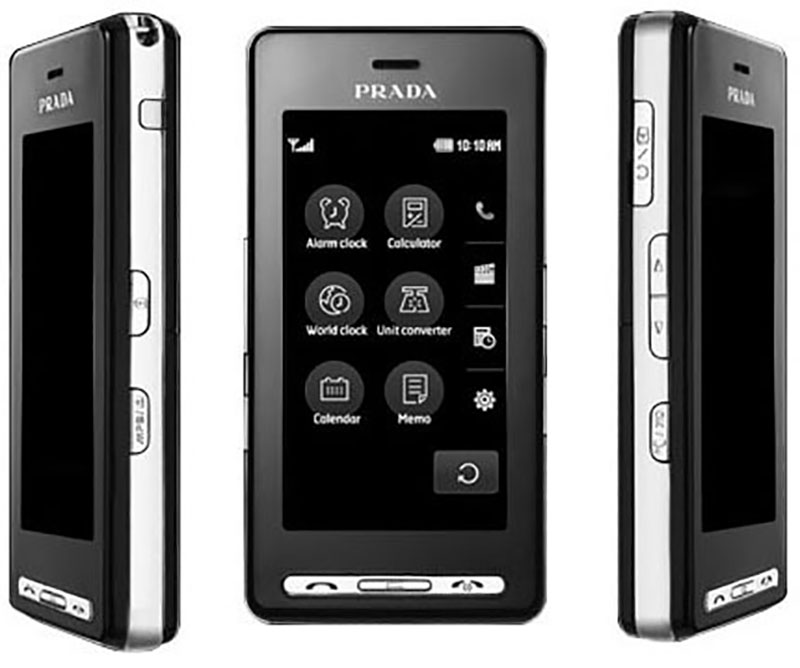LG Electronics is reportedly turning to one of its former arch rivals in the smartphone sector, in a surprising development.
According to the Korean Herald, LG will be begin selling Apple iPhones in LG Best Shops across South Korea as early as next month.
The move will present increased local competition to South Korean phone giant Samsung, and it has only been possible after LG reportedly cleared opposition from small phone distributors in the country.
![]()
Local opposition
The Korea Commission for Corporate Partnership, a private consensus-based body promoting shared growth between big and small businesses, was quoted by the Korean Herald as saying Wednesday that LG Electronics has reached a new agreement with the Korea Mobile Distribution Association, representing the phone distributors, regarding its iPhone sales plan.
It seems that local phone distributors in South Korea had previously opposed the idea, claiming it would be a violation of a pact LG signed with the commission in 2018.
LG seemed to clear the opposition from the group after it pledged to “strive for co-prosperity with small players and only sell its own smartphones at its brand stores.”
It should be noted that Samsung Electronics has also signed the pact and has since adhered to the rule.
Smartphone exit
But LG was forced to re-evaluate its position and the agreement, when it began to reconsider its position in the smartphone sector.
After rumours of that LG was reconsidering its mobile approach, the firm confirmed in early April that it was exiting the smartphone sector altogether, after years of struggling to make an impact against the likes of Samsung, Apple and Huawei.
![]()
LG said it shutting down its mobile phone business, after the division had seen losses for nearly six years, totalling about $4.5 billion (£3.3bn).
Then nearly two months after that announcement, the last LG smartphone rolled off the production line in early June.
LG had to reportedly wait to shut down its smartphone manufacturing because it had to fulfill contracts with telecoms companies.
A Vietnamese factory where many of LG’s phones were built was converted into a manufacturing plant for household appliances.
LG said it would rather focus on other high-growth areas, such as smart home devices and electric vehicle components.
Apple agreement
Now under the new agreement made between LG and the phone distributors’ association on Wednesday, LG can sell iPhones at its brand stores.
However it will discuss with small distributors first before it decides to expand the number of stores offering Apple products.
Less than half of the 400 existing LG Best Shop stores will carry iPhones.
It should be noted that Apple iMac, Mac Pro and Apple’s desktop computers will not be sold at LG‘s stores.
According to the Korean Herald, LG also agreed to develop various programs to promote mutual growth with small distributors.
The shared growth commission said it will thoroughly check whether the two parties honour their commitments.
Mobile veteran
LG was one of the biggest mobile phone manufacturers in the pre-iPhone era.
Ironically, the company has the distinction of having introduced the first-ever smartphone with a capacitive touchscreen, predating the iPhone by a few weeks.
The LG KE850, marketed as the LG Prada as part of a tie-in with the luxury fashion brand, was similar in appearance to the iPhone, but launched a month before Apple’s device in 2007 and arrived in shops before the first iPhone did.

The LG Prada ran a proprietary OS based on Flash, and included then-high end features such as a web browser, Bluetooth, a microSD card slot and a full-featured camera app.
However, the device was far more difficult to use than the contemporary Apple device, lacking Apple interface innovations such as a QWERTY keyboard and multitouch features – while being priced at $849, far higher than the first iPhone’s $499.
The company soon began making Android devices and by 2013 had become the third-biggest smartphone maker.





